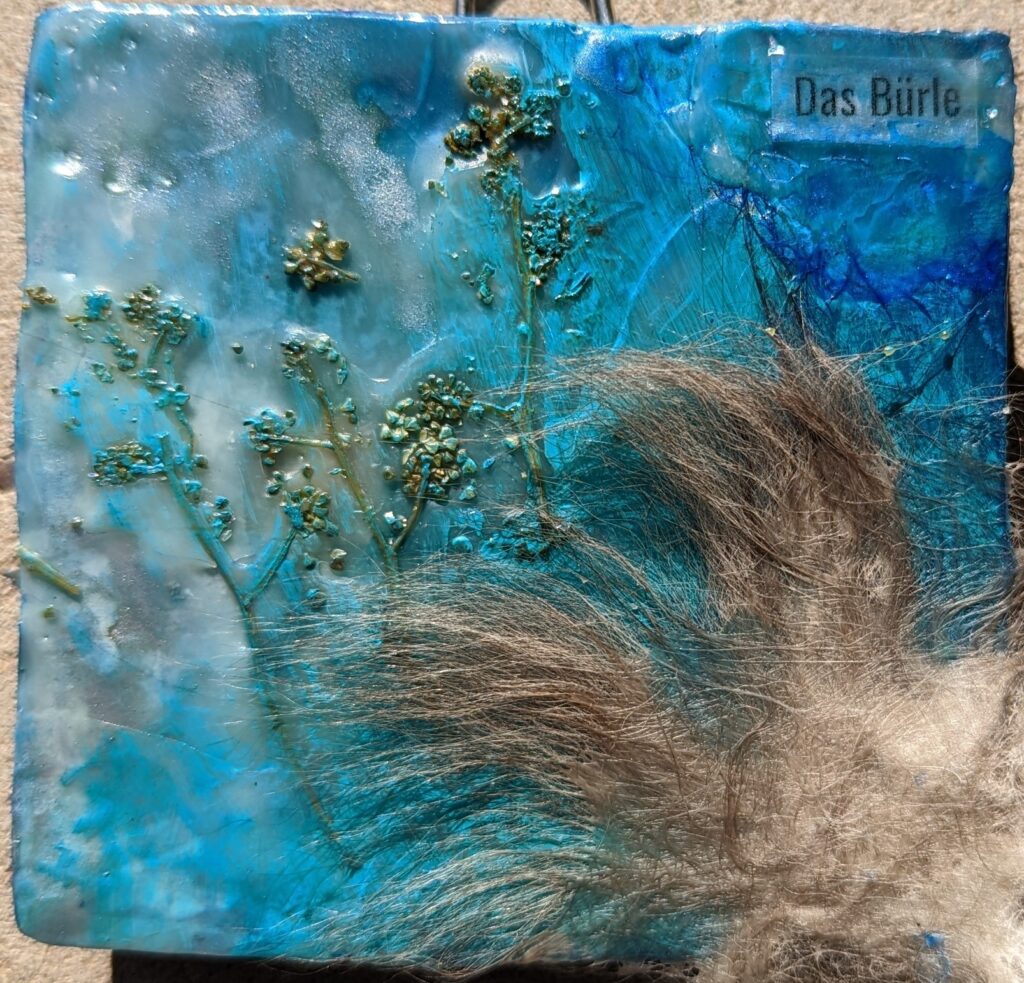Here’s the question: In Enola’s first movie, how much of her character can I attribute to her own Enneagram? Her mother’s training dominates her young life. She even says something about her purpose — what she was made for — is to fight. Does Enola relish fighting, or does she pursue fighting because her mother relishes it?
Like her brother, Sherlock, she has a mind that solves puzzles. Her mother exposed her to word games, but she is also naturally good at it. This is a trait that genuinely belongs to her.
She is not, however, natural at physical pursuits. She’s willing to try anything, but she wobbles on the bicycle and can’t initially master the jiujitsu takedown maneuver. The tennis she and her mother play is more about luck than skill. Although she’s very active, Enola doesn’t seem a Body Type.
In the second movie she leans into her detective skills. She’s brave, unintimidated, and socially comfortable in awkward situations. Her mother makes a brief appearance (as a small-scale terrorist, actually), but doesn’t drive Enola’s behavior like she did in the first movie.
I’m tempted to say she’s a Seven. It’s very Holmesian to love the world of the mind, yet engage in so much of the physical and dangerous. Also, the showrunners and Cavill have made their Sherlock a not-Seven, which gives Enola breathing room.
At this point, Enola’s rebellions are her mother’s. I hope the series continues and we see Enola embrace her own countercultural instincts. As a Seven she should become more efficient, more focused, and more comfortable with her own beauty. Right now she manipulates her image to be more boy-like. When she matures, that will become less believable. A whole world of disguises awaits her, and the use of prosthetics is very Holmesian. I look forward to it!

